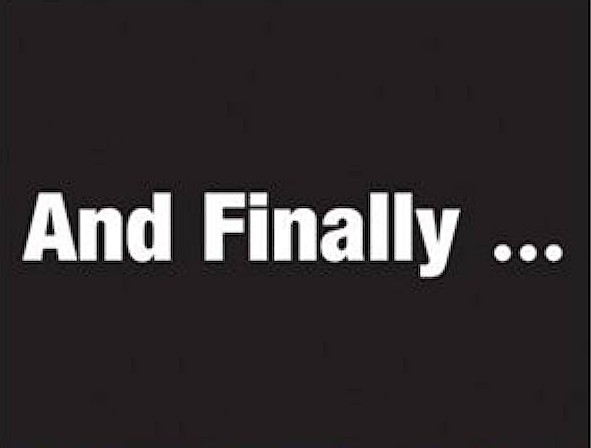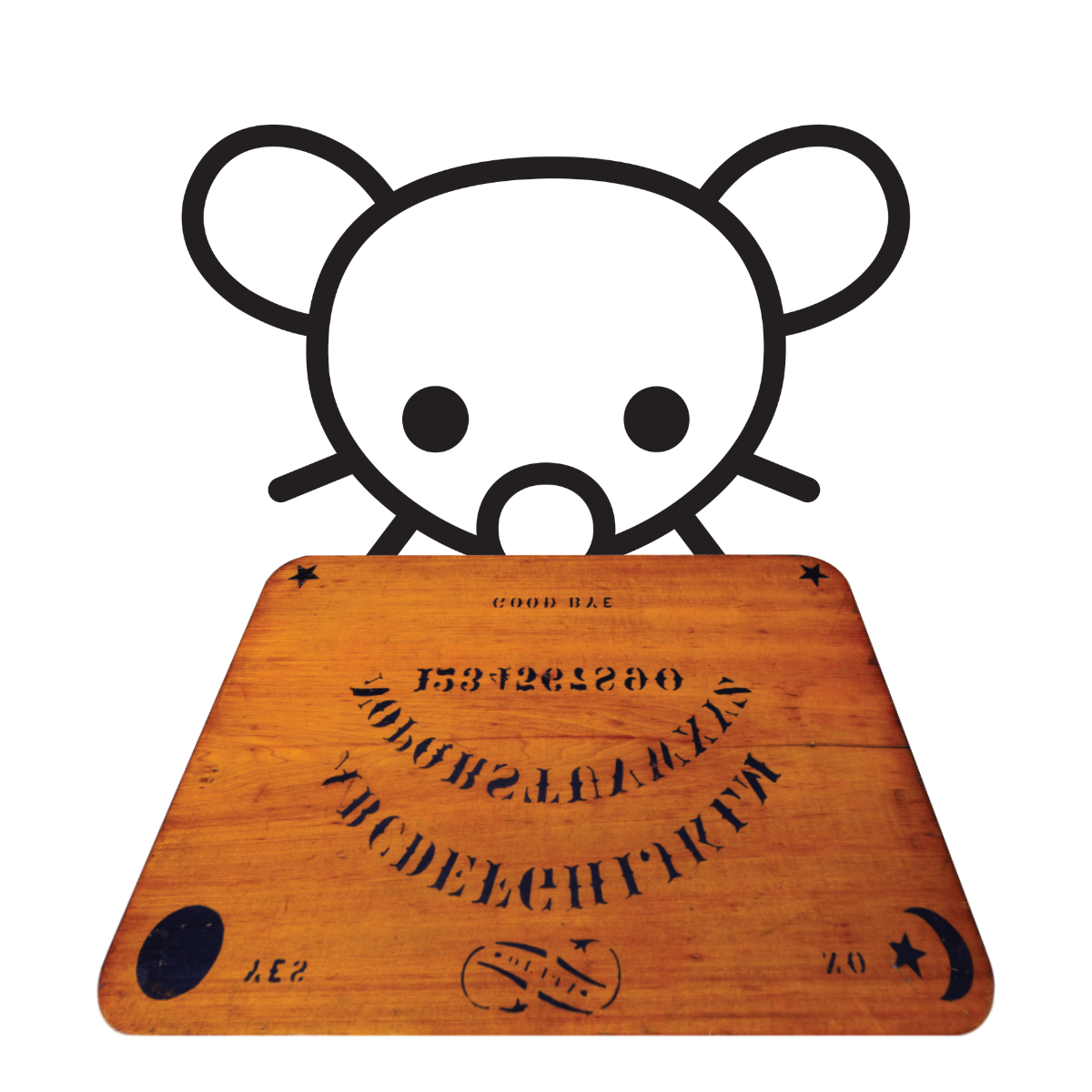- 0 Posts
- 438 Comments

 104·5 days ago
104·5 days agoFrom tiny companies of five people, to huge companies of five hundred thousand, I have never worked in an office where you couldn’t get a brew.
But then, I am British. Take the tea away and it’s riots (or at the least some quiet complaining)

 5·5 days ago
5·5 days agoA quick search suggests this appears to be a revised version of Tanita’s MC-980 scale, which is intended for professional use and costs $13,000 USD anyway - even without King of Fighters.
So not really any difference, just a very unusual collab and bit of fun for marketing! :)

 5·6 days ago
5·6 days agoOf course they do, but let’s unpack that.
When people buy a new car who already have one, they generally do it because either 1. they think it will bring some material benefit over their old car, or 2. they want a new car simply for vanity reasons.
Looking at the PS5 Pro, there will absolutely be people who think “I want to upgrade to the Pro just for bragging rights” but I’m pretty sure the majority of consumers wil simply think “This doesn’t play any games my PS5 can’t already” and pass on it.

 11·7 days ago
11·7 days agoNot if they already have a PS5, though.

 29·7 days ago
29·7 days agoThe worker said:
“My daughter wasn’t happy […] but after a short time – and the promise of a temporary replacement - she cooled off."
Couldn’t resist could he XD
You’re going to intercept them at noon, in broad daylight? Risky move pal.

 71·10 days ago
71·10 days agoThere’s also the option of electronic scales which are rechargeable via USB
Haha yeah. People are so accustomed to short TLDs that ‘smith.technology’ just intuitively feels kinda wrong, and it still feels that way to me, even as a tech person who knows it is perfectly valid.
You’re thinking like “smith dot technology dot what?”
Another reason is brand identity.
Using ‘.tech’ or ‘.flights’ or .sports’ for your site feels too “on the nose” and gives vibes of like browsing some directory where things are categorised and sorted. Even worse it implies there are other sites under the same category, and those other sites may be competitors, and this dilutes strength of brand.
lt also suggests strongly what the business does, and while that might seem desirable at first it actually isn’t from a corporate perspective because it means the company becomes tied to their business area and can’t expand and grow out of it into other things.
I think this is a major part of why descriptive TLDs continue to be less preferred over ‘meaningless’ two letter TLDs, because companies want the focus to be on the main part of the domain, not the TLD.
 10·12 days ago
10·12 days agoThat is likely part of it and also explains why languages like Japanese are more tightly grouped, as there is less spread in word length for Japanese versus English or Italian.
 12·12 days ago
12·12 days agoI would imagine this is because there is a ‘comfortable’ rate of information exchange in human conversation, and so each given language will be spoken at a pace that achieves this comfortable rate.
So it’s not that the syllable rate coincidentally results in the same information rate, but the opposite - the syllable rate adjusts to match the desired information rate.

 2·14 days ago
2·14 days agoYou’d be surprised.
I’m sure there are plenty of people out there who use their Instagram or Facebook as basically the history of their social lives, where all their memories are, the local copies long gone.
It’s a terrible idea, but I’m certain people are doing it.

 6·14 days ago
6·14 days agoYouTube videos degrade in quality over time too, as they reencode from one codec du jour to the next.
Heck, even Google drive pulled that stunt where they stopped storing photos in original resolution.
Point being, none of these companies exist primarily to archive your content - they exist to monetise it.
If you want to safeguard your content in original quality, then you need to either put it on a cloud storage that you are PAYING for, or keep it on your own hardware (and with backups)

 5·16 days ago
5·16 days agoJapan is like this too, and I loved to see that when I was living there.
The bus drivers often wear nice uniforms and white gloves, and clearly take a lot of care in their appearance and work. And people give them respect.
I wish it was like that everywhere, because being able to have pride in what you do and be respected for it is such an important thing that everyone deserves to have - regardless of what your job is.

 31·16 days ago
31·16 days agoI feel trypophobia quite strongly with some triggers, even things like budding plants pushing through the ground can make my akin crawl. But for some reason crumpets are okay.
I guess my brain just sees the crumpet texture as being like a macro bread texture, which is okay because it’s kinda bready.

 8·19 days ago
8·19 days agoThe review also labels it as an FPS, so yeah.

 7·19 days ago
7·19 days agoAnd the other three quarters haven’t even tried it and rightfully don’t care



Wholesome sleeping separately because being in a relationship with someone shouldn’t obligate sacrificing your rest quality to meet the bizarre pressure of some unspoken social obligation that couples must share the same bed (unless you want to)